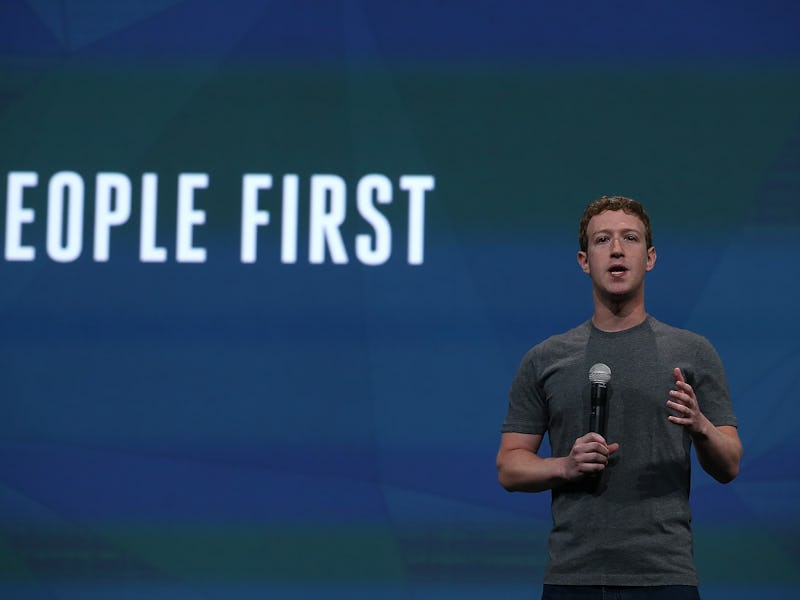Facebook Fuses Groundbreaking Population Mapping Techniques With Connectivity Agenda
The once-merely "social" network pairs up with telecom agencies around the planet.

Facebook is keeping pace with the FCC — which, last week, voted to unlock cable boxes — by ramping up its efforts to connect the entire world. On Sunday, Facebook engineers released their global connectivity research findings. Simultaneously — as if by design — Mark Zuckerberg announced yet another initiative: the Telecom Infra Project.
The TIP seeks to further the rate of global internet access and adoption. (No one’s losing, here: those in formerly “remote” regions are now gaining connectivity and all involved companies are rubbing their hands together, perhaps drooling, imagining their now ever-growing piles of dough.) Jay Parikh, Facebook’s Global Head of Engineering and Infrastructure, identifies the problem: “Every day, more people and more devices around the world are coming online… Scaling traditional telecom infrastructure to meet this global data challenge is not moving as fast as people need it to.” So, Facebook is teaming up with telecom companies to both streamline the process and encourage faster development.
One element in the process is unbundling component pieces necessary to infrastructure construction, which facilitation will afford “operators more flexibility in building networks.” The project aims to make telecom companies and operators more “flexible, innovative, and efficient,” Parikh writes. Everyone, Facebook suggests, will benefit: this project is bound to “unlock new opportunities for everyone in the ecosystem.”
The percentage of population online by country. In purple, 2013 statistics; in pink, 2014 statistics. At the top of the graph are Iceland, Bermuda, Norway, Denmark, and Andorra -- the United States ranks #18 -- and at the bottom of the list are Eritrea, Timor-Leste, Burundi, Somalia, and Guinea.
Paired with the global connectivity research, Facebook presents a somewhat compelling argument. This research highlights the fact that, seen from a global perspective, internet access remains imbalanced. While in just the past year the number of connected persons on our planet jumped from 2.9 billion to 3.2 billion and the percentage of the population covered by “mobile broadband networks” jumped from 73 to 78, still 57 percent of all people on earth endure (or, depending on your perspective, enjoy) disconnected life, over two-thirds of those “unconnected in developing countries,” the report says, “do not understand what the internet is.” Not to mention that 1 billion people still have yet to acquire basic literacy skills and that women in developing countries are 25 percent “less likely to be online than men.”
Zuckerberg shared this image highlighting the various projects under his Internet.org umbrella.
These Facebook engineers are also making headway in producing more accurate population distribution maps that, per the announcement, were “created using new machine learning techniques and show the most accurate estimates of population distribution and settlements available to date.” By understanding this distribution better, Facebook says that it’ll be able to — once again — raise the efficiency bar on connecting the planet. Here’s Andreas Gros and Tobias Tiecke:
Villages lined up along a river or road could be connected by a string of terrestrial point-to-point links, while scattered settlements might require an aerial backhaul solution such as unmanned aerial vehicles or satellites.
Facebook, by teaming up with telecom companies around the planet, is undoubtedly — though discreetly — thumbing its nose at the Telecom Regulatory Authority of India, the agency that disrupted Facebook’s plans to make India the poster child of its global connectivity agenda.